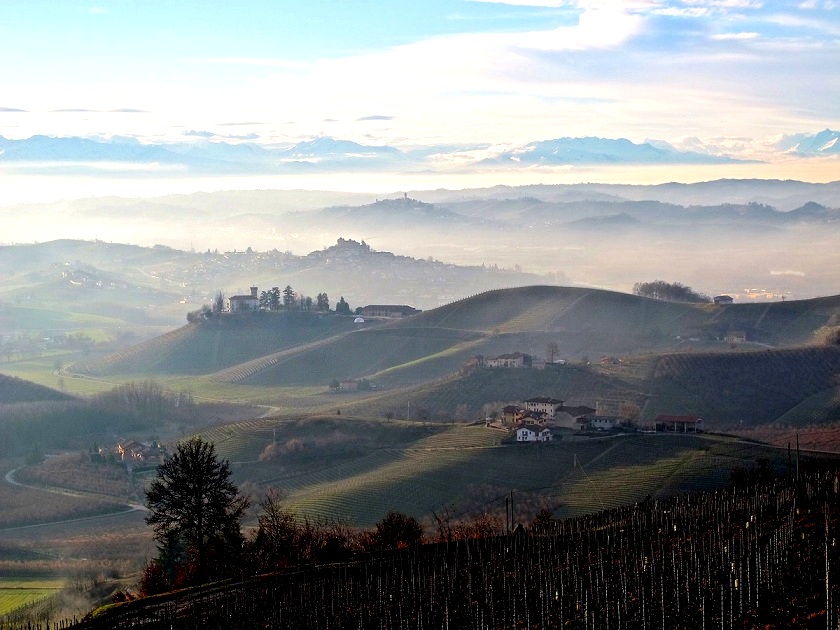
Discover our wonderful region! Piedmont
From hills to mountains, from big towns to hamlets, our region is very special!
You will fall in love with the multiplicity of landscapes and traditions that our land has to offer and you will end up wanting to explore more and more.
Here are some hints about visiting the central and southern parts of Piedmont.
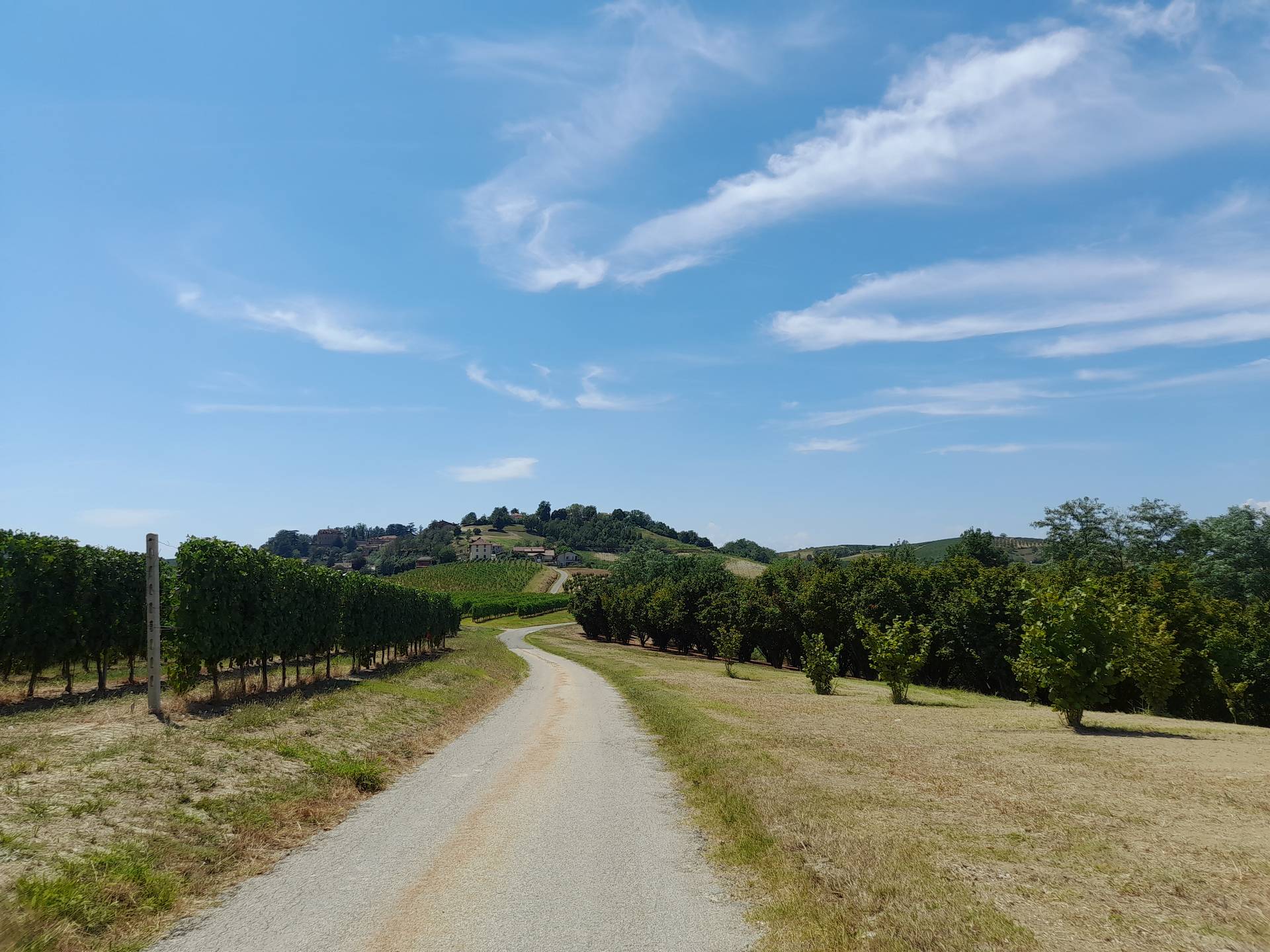
Roero hills
Roero is the first neighbour of the Langhe. Its landscape is mainly hilly and characterised by fruit plantations and vineyards.
The extension of the Roero is smaller than the Langhe, but many towns and villages are worth a visit, if not because of their notoriety, for sure because of their beauty.
Because of its proximity to the Langhe, we highly recommend a trip in the Roero, where you will be amazed by the good wines and the succulent fruits, by the red soil and the high canyons.
Discover its main towns: Guarene, Magliano Alfieri, Govone and Castellinaldo to the East; Santa Vittoria, Sommariva Perno and Piobesi to the South; Monteu Roero, Santo Stefano Roero and Montà to the West; Cisterna d’Asti to the North.
Vezza d’Alba and Canale are the heart and main towns of Roero, instead. Vezza is famous for its truffles, which grow in the woods on its hills, whereas Canale is famous for wine and peaches. We recommend visiting the Mercato Ortofrutticolo in Canale to buy the juicy local peaches in summer.
But also to visit the Santuario dei Piloni in Montà, or to stop in a local winery (as for example the stunning winery Cantina Povero in Cisterna d’Asti) to taste the white Roero Arneis wine and the local red Barbera d’Asti. Almost every town of the Roero hosts an ancient castle or watchtower, and a main church, which are usually worth a visit to discover the local history and traditions.
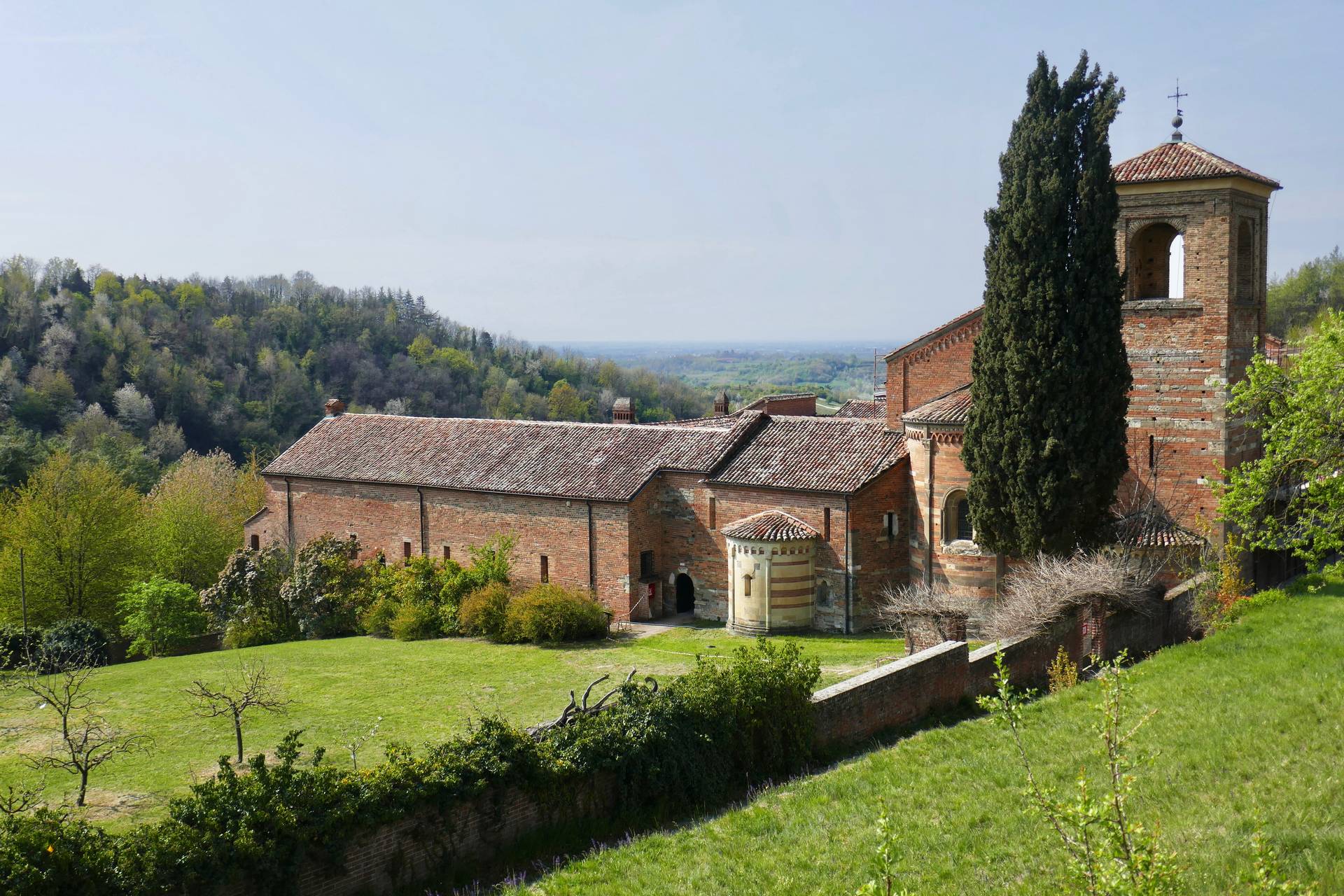
Monferrato hills
Monferrato area is so wide that offers the most different landscapes and peculiarities.
Another neighbour of the Langhe is the Monferrato. Way bigger than Langhe and Roero, it covers a surface of 2500 sq km, going from Casale Monferrato in the North, to Ovada in the furthest South.
Its territory is divided into 3 parts, in fact: the Basso Monferrato (or “Low Monferrato”) – to the North, with a mainly flat landscape, bordering the river Po, with main town Casale Monferrato; the Monferrato Astigiano – the hilly central part, with Asti as core; and theAlto Monferrato (or “High Monferrato”) – extending to the South, on the province of Alessandria, and featured by gentle hills and famous wines, such as the Gavi.
The Monferrato is so wide that offers the most different landscapes and the most different specialities, and it might take you a while to entirely tour the region. So, we suggest dividing your trip in two or three parts, to fully enjoy each area.
The Low Monferrato
The Northern part – Basso Monferrato – with the town of Casale Monferrato is famous for corn and rice production.
So, if you want to be delighted by a smooth trip on quite flat landscapes and to see the river Po (the longest Italian river), this area will not disappoint you.
Taste the local biscuits (krumiri) or a good risotto dish, together with local red wines.
Visit Valenza, a very well known town for its gold and jewellery industry, or the Sanctuary of Crea, immersed in nature.

The Monferrato Astigiano
The central part – Monferrato Astigiano – is characterised by higher hills and the economy is basically focused on wine. You will drive up and down the hills, alternating the view from vineyards to wheat fields.
We suggest stopping at a local Agriturismo restaurant to taste the traditional Piedmontese dishes and feel the local countryside life. We suggest tasting the local soft biscuits Amaretti di Mombaruzzo and going to Albugnano, the highest hill of the whole Monferrato Astigiano, to get an amazing view on the surrounding hills, till the Alps.
The towns in this area are usually enveloped in high and majestic walls with very narrow streets, highlighting their Mediaeval origins. The center usually hosts no more than a café,a grocery shop, the post office and some other little shops. But their territory usually spreads over the hills.

That’s where you will find amazing wineries with breathtaking traditional caves called Infernot, where the wine used to be, and is still, kept. Needless to say that you must visit at least one, in one of the 14 towns hosting them (Rosignano Monferrato, Cella Monte, Frassinello Monferrato, Grazzano Badoglio, Sala Monferrato, Vignale Monferrato, Terruggia, Camagna Monferrato, Ottiglio, Ozzano Monferrato, Treville, Olivola, Ponzano Monferrato, Fubine Monferrato).
This part of the Monferrrato extends basically entirely on the province of Asti and consequently gravitates around the town of Asti, famous for its palio celebration and for its sparkling wine Asti Spumante.
Whereas red wines, as Barbera d’Asti, are produced in the northern part, many other white wines, like Moscato or Spumante sparkling wine, are produced in the southern part of the region, especially in Canelli and along the Belbo valley, such as in Santo Stefano Belbo.
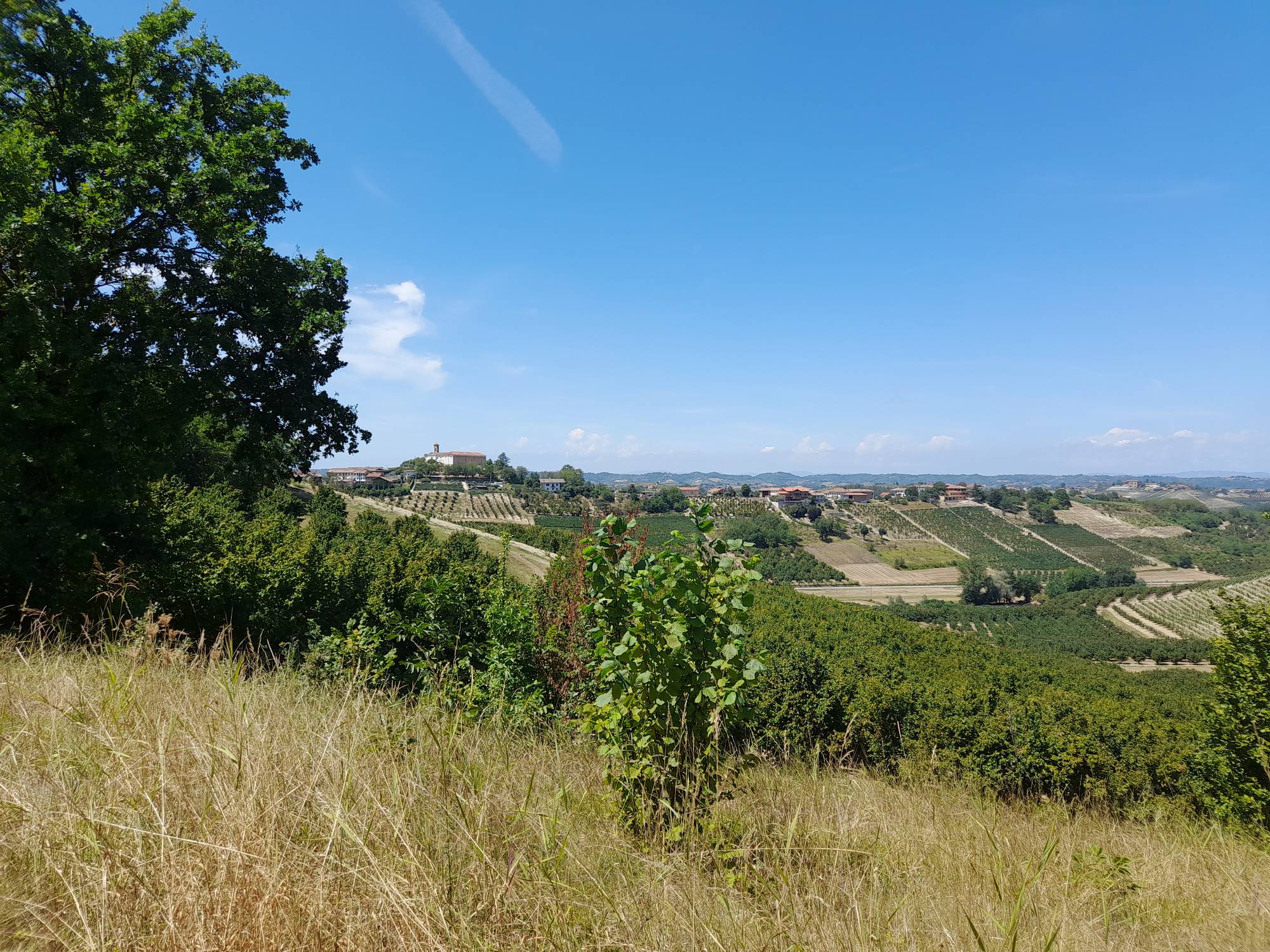
The High Monferrato
The last part, the Southern one – Alto Monferrato – is an hilly region as well, which mainly extends on the province of Alessandria, till the border with Liguria.
The area is famous mostly for wines: Gavi, Brachetto d’Acqui and Dolcetto d’Ovada, produced in the homonymous towns and areas. We suggest then visiting either single local producers or a wine cooperative, like Produttori del Gavi, where to taste and buy the local wine.
The main towns of the Alto Monferrato are in fact Gavi, Acqui Terme, Ovada and Novi Ligure. They are frequently located on hills, have a castle or fort, and show buildings with facades in Genoese style, as a result of the cultural exchange with the neighbouring Ligurian towns.
The area of Acqui Terme is well known thanks to its thermal baths and its Roman origins, witnessed by the ancient ruins of the aqueduct. We suggest visiting the town to make a stop at the thermae, or even just to touch the water of La Bollente, the most famous fountain in the town centre, built on a hot spring from which the water comes out at 75°C.
When you are in the area, also the Serravalle Designer Outlet in Serravalle Scrivia is worth a visit. It is the biggest outlet in Europe selling clothes and fashion items of the most famous brands, gathering more than 200 shops.
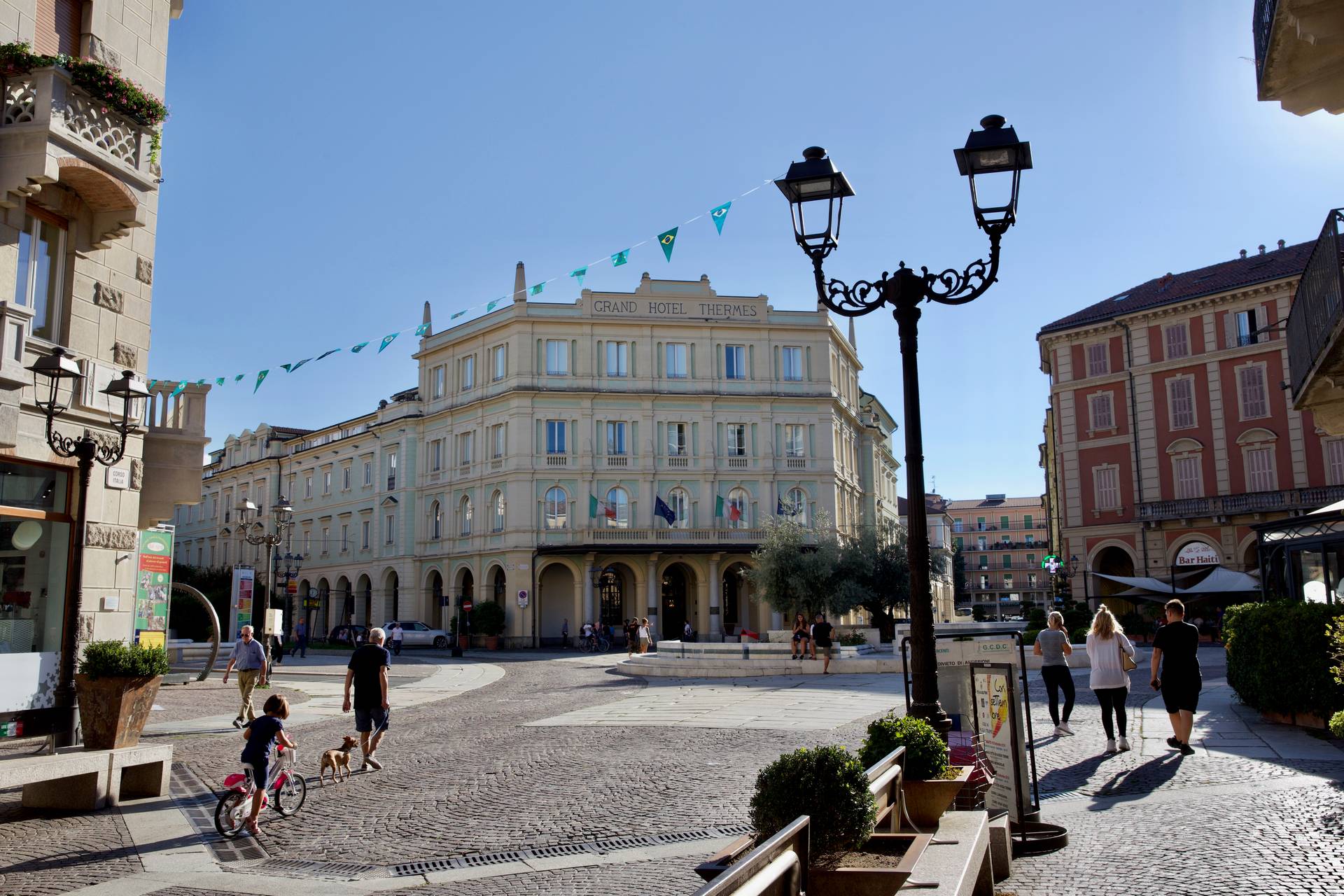
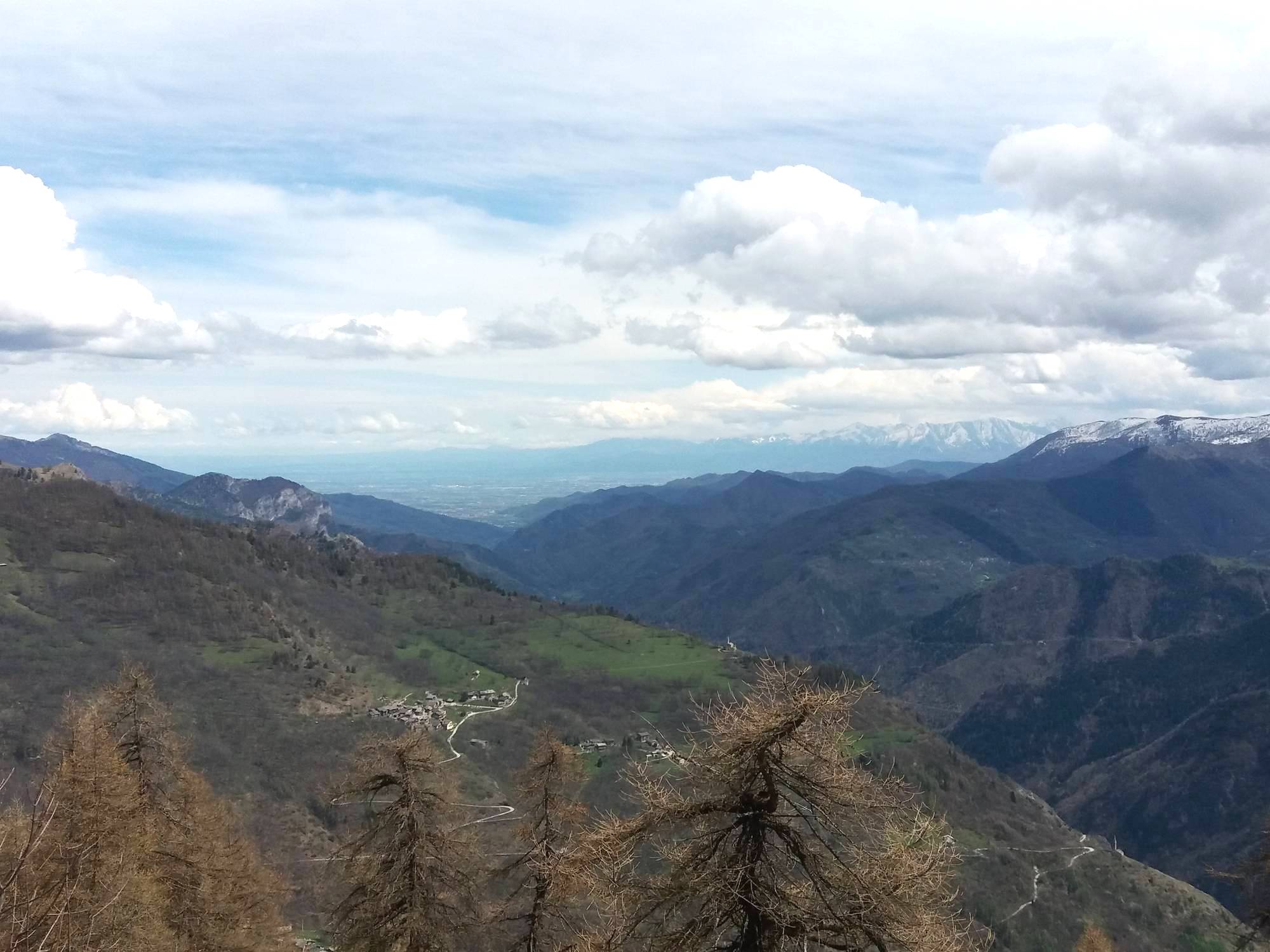
Cuneo and its valleys
If you like mountains, the area of Cuneo is the perfect destination, with its many attractive locations.
In about an hour by car from us, you can easily reach the nice town of Cuneo.
Cuneo is the main town of our province, which takes its name from it, indeed. The town name means “wedge”, as its triangular shape reminds it. Two rivers flow along the sides of the triangle: the Stura and the Gesso, which probably have shaped the land in the years.
The town is crossed by a main road, Via Nizza or SP20, which connects France, through Limone Piemonte and the Col di Tenda, to Turin, by crossing the Cunese plain. Cuneo is in fact situated in a very strategic point, at the foot of the Alps, on a passageway to France, which renders the town very important for the trade too.
Cuneo might also be a stop on the road to reach the main mountain passes and Alpine border crossings to France. The nearest are Colle di Tenda, Colle della Maddalena, Colle della Lombarda, Colle dell’Agnello, to be found at the end of each valley departing from Cuneo.
Cuneo, between history and nature
Cuneo was born in fact as a Savoyard military citadel against the French on this strategic location. Anyway, some Roman ruins show that the place had been appreciated and chosen already in an earlier past, as naturally safe and tactical.
Nowadays the town has developed also out of the “triangle”, but this remains anyway the heart of the town, the central part with shops and cafés, and the main square, Piazza Galimberti. In this square a couple of events take place along the year, such as the National Parade of the Italian Alpine Troops and the chestnut fair, Fiera del Marrone.
If you like the mountains, the area of Cuneo is perfect to visit, as it offers a lot of nice locations, both as winter destinations to ski and as summer destinations for trekking. Limone Piemonte, Prato Nevoso, Crissolo and basically all the little towns in the nearby valleys are the best places to reach for day trips to enjoy the mountains.
Prato Nevoso is also a famous mountain location in the area, which is worth mentioning even if not exactly in the area of Cuneo, as well known for skiing. It is located in the Maritime Alps, or Alpi Liguri, in the chain of Mongioie, at about 30 minutes from the town of Mondovì. Prato Nevoso offers a big ski plant for winter but it is also a nice place to spend a nice summer day doing trekking and enjoying the fresh climate.
The Southern Valleys
The valleys are like branches developing from the town through the mountains and each one is special for its features: uncontaminated nature, crystal-clear lakes, alpine farms producing cheese (the local Tume), honey, herbs spirits and organic vegetables.
Everyone is characterised by a main road leading up to the mountains, ending up on a pass, and flanked by a river, usually giving its name to the valley.
In the South you will be able to explore three valleys, departing from the town of Borgo San Dalmazzo, next to Cuneo. They are the Vermenagna valley with main town Limone Piemonte and ending up to Colle di Tenda; the Gesso valley with main town Valdieri and ending up in Terme di Valdieri, where the thermal baths are found; the Stura di Demonte valley taking the name from the river Stura crossing it and the main town of Demonte, and leading up to the village of Argentera on the pass Colle della Maddalena.
We recommend visiting the small and nice village of Sambuco along the way, and the Sanctuary of Sant’Anna di Vinadio, situated in a southern branch of the valley, from which is also possible to reach the Colle della Lombarda passby car through a very small road: mind that it is regularly closed in winter because of snow.
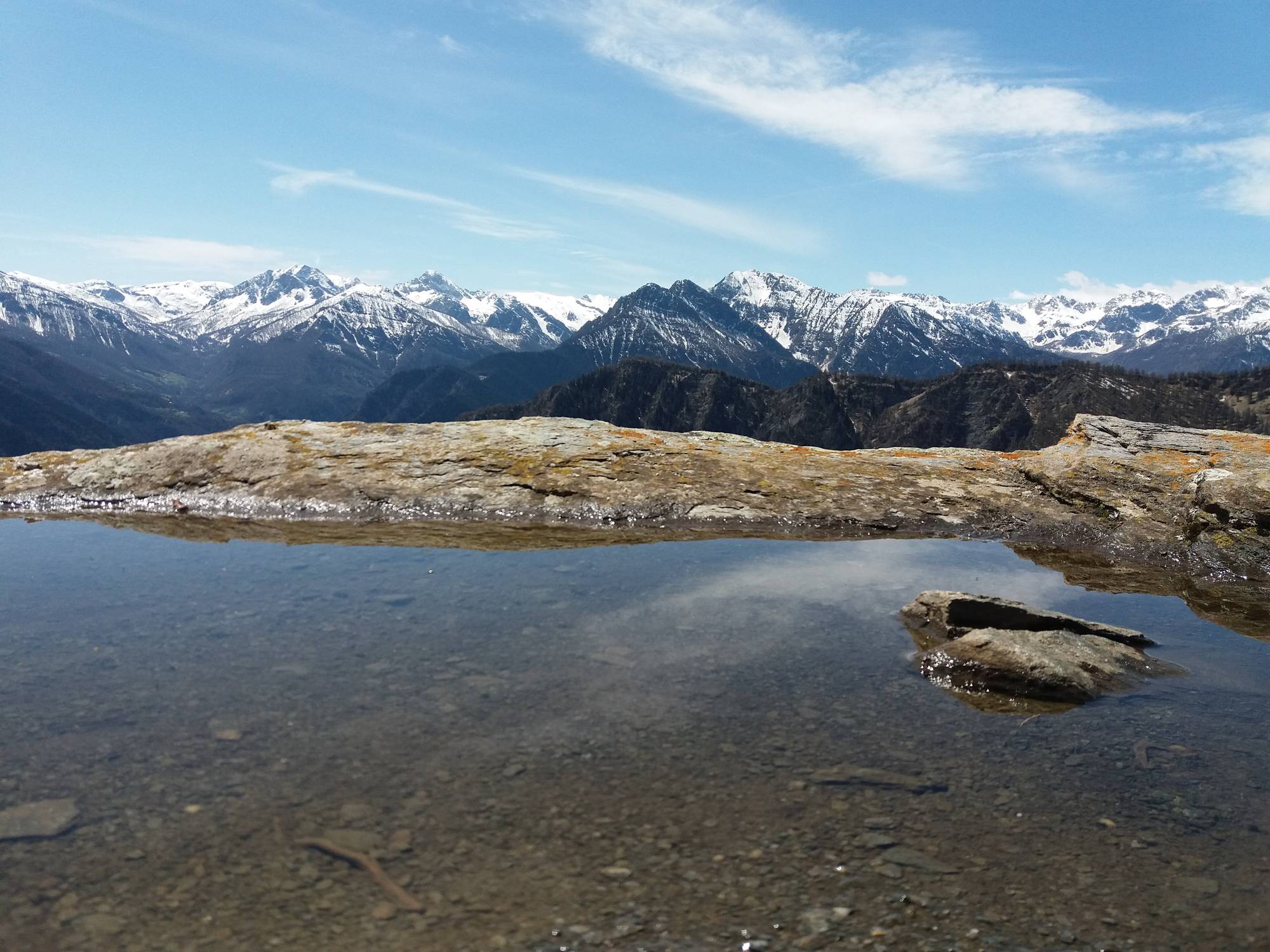
The Western Valleys
Departing from the towns of Caraglio and Dronero, on the west end of Cuneo, other two valleys are to be found: the Grana valley, very well known for the local Castelmagno cheese, taking its name from the town of Castelmagno, where the Sanctuary of San Magnois to find, right on top of the mountains, after a nice walk.
You will actually not find a real “town” of Castelmagno, as the municipality is formed by little mountain hamlets, among which the biggest is Chiappi.
The neighbouring Maira valley instead, is headed by San Damiano Macra, and developing a lot on the surrounding mountains. Here every little road leads to other smaller inner valleys and to little hamlets. We recommend visiting the little hamlet of Marmora and thelittle valley of Elva, facing an imposing canyon with the best views.
This valley, as the Grana valley, has actually no end, as they are linked by a pass, Colle d’Esischie, which lets the two valleys communicate.

The Northern Valleys
Last two valleys on the north start from the town of Saluzzo in the plain, to reach the highest Piedmontese mountain, the Monviso, on different sides.
They are: the Valle Varaita, with main town Sampeyre, leading up to Chianale and its Colle dell’Agnello, a small but important pass to reach France and the Queyras area.
Very interesting to see is the dim of Pontechianale, giving birth to a lake around which a nice walk or trekking can be done.
On the other end, the Valle Po, originating exactly from the Monviso and taking its name from the river Po, which originates under this mountain.
Crissolo is the most well-known town of this valley, as situated exactly on the foots of Monviso. A ski plant is available to ski on the highest mountain of Piedmont and a trekking trail can be walked starting from hamlet Pian del Re, to reach the very top of Monviso
and see the stone from which the water of the river Po comes out.

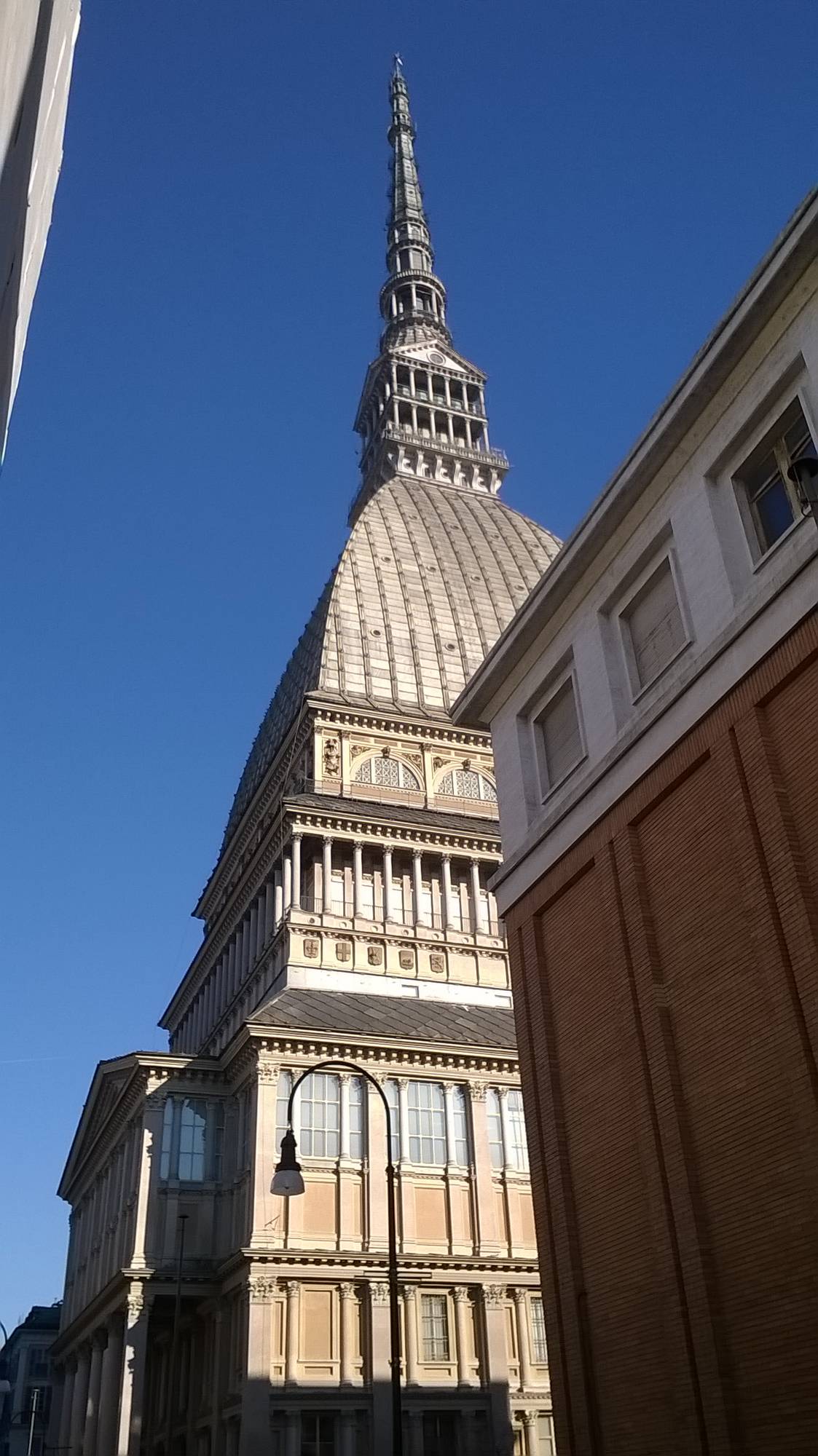
Turin city
Main city of Piedmont, not to miss if you are staying in the Langhe!
Only one hour and a half is needed to reach Turin, capital city of Piedmont, of course worth a visit, if you are staying in the Langhe!
The city was once a Roman town, then capital of the first Italian Reign , so it is rich in historical buildings and attractions.
You will be able to start with by visiting the royal residences: the Royal Palace, Palazzo Madama and Castello del Valentino in the city centre, the Hunting Palace of Stupinigi and the Residence of Venaria, in the outskirts of Turin. Then, the Risorgimento museum inside Carignano Palace where it is possible to witness the first Italian parliament.
But also the many theatres (Teatro Regio, Teatro Carignano) that the city offers and world famous museums, like the Egyptian museum, the Gallery of Modern Art and the Cinema museum – hosted by the Mole Antonelliana, the main monument of Turin.
Turin is also famous for its churches: the Dome is the most important one and hosts the Holy Shroud, then the Gran Madre church, the Cappuccini church, and the Basilica of Superga.
Capital city of Resurgence and taste
The city develops between the river Po (the main Italian river) and the river Dora, merging in town, flanked by many green parks and crossed by sturdy bridges.
The best shops can be found in the city centre, along the sides of Via Roma, Via Po, Via Garibaldi, where the buzz of the town is felt. Turin has many famous squares too: Piazza Vittorio – overlooking the Po river, Piazza Castello – the central square, Piazza San Carlo – the square of the two churches.
The automobile industry (FIAT in particular) is one of the main reasons why Turin is pretty famous even abroad. The city hosts in fact the automobile museum and many old plants and productions sites have been redeveloped in years into green spaces or new buildings.
Turin is also famous for its chocolates “gianduiotti” and the “bicerin” coffee, that can be tasted in one of the many pastry shops of the town. Another turinese speciality are the local bread sticks called “grissini torinesi”, that can be found in every local bakery.
If you like the mountains, the area of Turin can offer a lot of locations, both as winter destination to ski and as summer destination for trekking. Sestriere, Pragelato, Bardonecchia, Salice d’Ulzio and all the little towns in their valleys are the best places to reach for day trips to enjoy the mountains!

